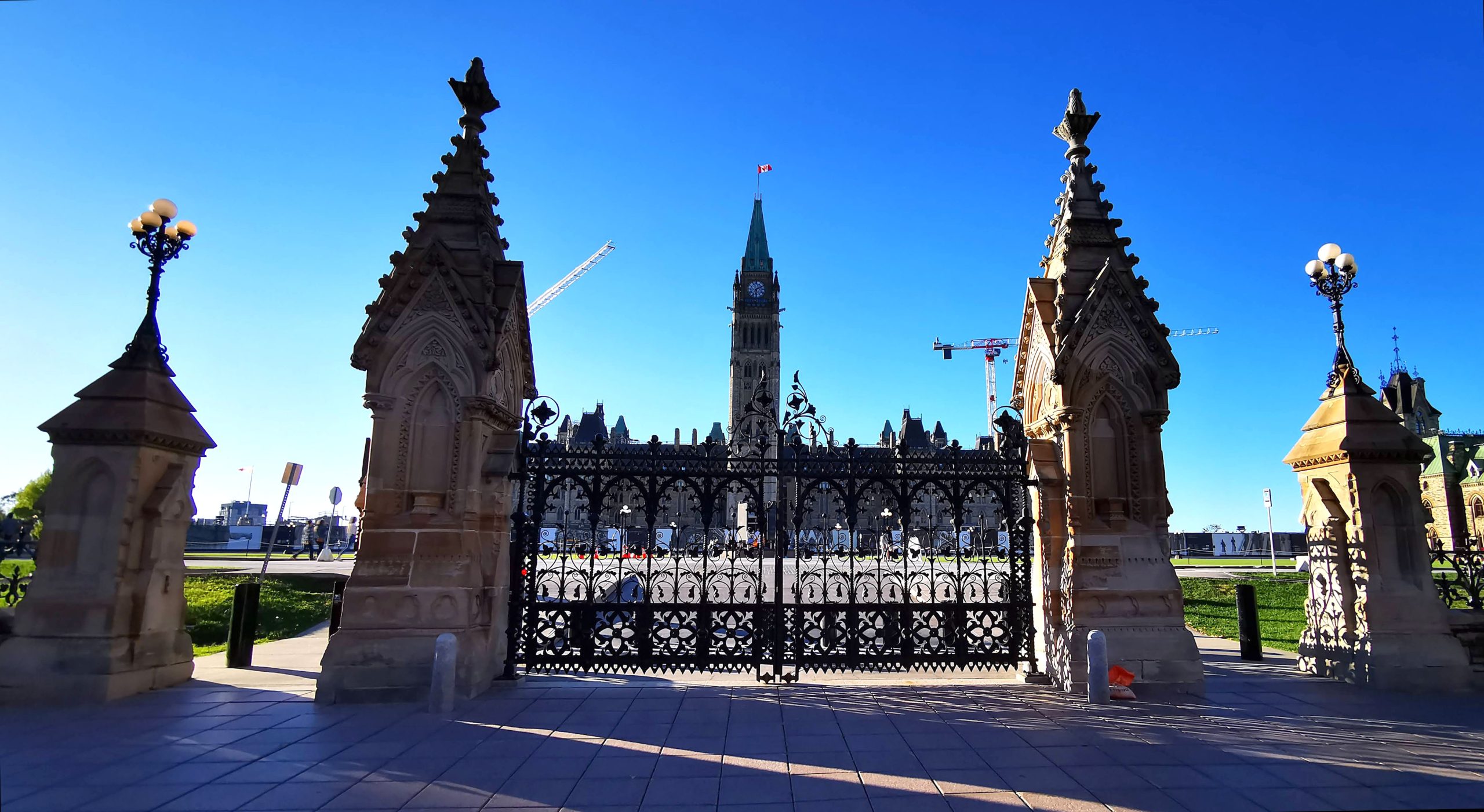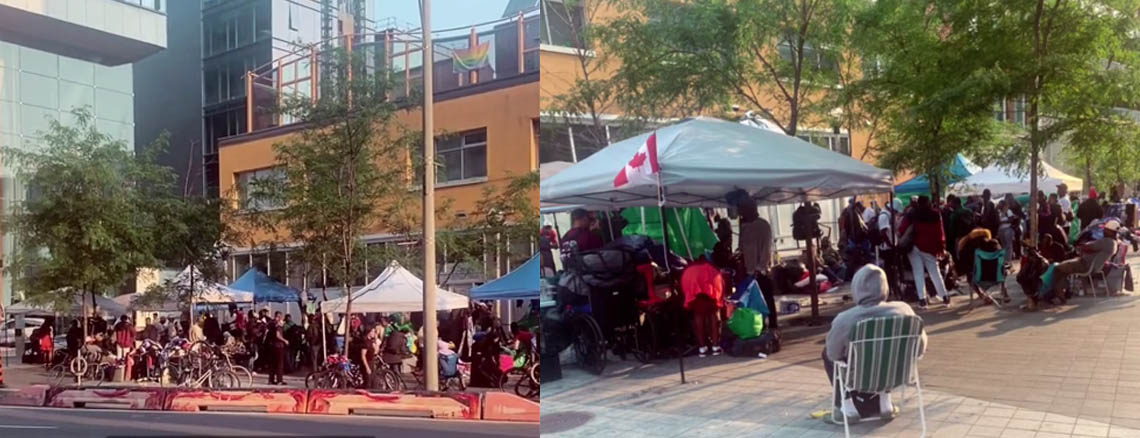
The Puzzle of Physician-Hastened Death
Physician-hastened death is a puzzle, and one that, despite its complexity, we as a society have been tasked to assemble. Some of its pieces are so different from one another, and it is hard to imagine how they might fit into a cohesive whole. And yet, by June 6th – the deadline set by the Supreme Court of Canada – time will have run out, and whatever the state of assembly may be, it will depict our response to suffering and end-of-life decision making for generations to come.
As drafters of legislation slog their way through the mind-numbing variety of pieces and possible configurations, here are a few strategies that puzzle mavens have long counted on.
First, get a sense of what the puzzle might look like. With respect to physician-hastened death, one option looks like the Benelux countries, which allow euthanasia or assisted suicide in response to suffering, independent of life expectancy and in some jurisdictions, independent of age.
Another option resembles Quebec or Oregon, where eligibility is confined to end-of-life circumstances for competent adults only. This uniquely Canadian option depicts a balance between carefully regulated physician-hastened death, and our constitutional obligations to protect vulnerable persons from harm.
Next, locate the frame within which the rest of the puzzle is assembled. Regarding physician-hastened death, a critical framing question is: ‘Do we consider this a part of medicine?’ The response to this query fundamentally determines the placement of many subsequent pieces.
If physician-hastened death is part of the continuum of medicine, then we must treat it as such. Like any other new treatment or clinical innovation, it demands careful evaluation and methodological rigor, including fixed eligibility criteria, detailed data collection, objective monitoring of outcomes and tracking of adverse effects; the ability to analyze cumulative data, with incremental ramping up entirely based on preceding trial outcomes.
We would insist on no less stringency for a new cold remedy or wart ointment, let alone physician-hastened death.
Others insist that physician-hastened death is not part of medicine. While chairing the External Panel for the Federal Government on Legislative Options for Carter v. Canada, I heard many clinicians, including those involved in these practices, describe it as ‘a social intervention.’ One American physician referred to his role in assisted suicide as ‘an act of love.’
If not a medical act per se, then drafters of legislation must embed it within a broad legal and social policy framework, while being mindful of equity, justice, transparency and the social determinants of health. Within this context, eligible patients who wish to have their lives ended could continue to avail themselves of whatever social supports and medicine have to offer, while at the same time pursuing a regulated Criminal Code exemption to permit a hastened death.
Finally, puzzle connoisseurs will arrange similar pieces, based on color, texture or other distinguishing features. Regarding physician-hastened death, the pieces divide into three thematically distinctive groups. The first group I would label ‘evaluating and responding to suffering.’ These pieces are very familiar to healthcare professionals across multiple disciplines, and ones they are entirely comfortable dealing with: determining the source and nature of a patient’s suffering, coming up with treatment options and attempting therapeutic measures to mitigate the patient’s distress.
The next group of pieces I would label ‘decision making.’ These are perhaps the trickiest ones to place. If physician-hastened death is framed as a medical act, then decision-making pieces must comply with standards governing all clinical innovations, particularly pre-approval, to be sure that protocol requirements have been fulfilled before administering a hastened-death.
If physician-hastened death is not framed as a medical act, then decision making pieces of the puzzle will have legal markings, giving shape to a process that determines eligibility, screens for undue influence and verifies informed consent.
Related: Advanced Directives for Assisted-Dying a Dangerous Step
The final group of pieces I would label as ‘carrying out the hastened death.’ While the court will have made this legal, it does not de facto make it medical. The External Panel was told there are no doctors on the premises when organizations such as Dignitas or Exit help patients die and that non-medical personnel are very proficient in carrying out this task.
While physicians may choose to include hastened death within their scope of practice, it is not a forgone conclusion that this will or necessarily should remain within their exclusive domain.
In the days ahead, Parliamentarians will be debating legislation governing the practice of physician-hastened death. Putting this puzzle together will take wisdom and courage. Here is hoping the picture that emerges is coherent and just, as each piece falls into place.
Dr. Harvey Max Chochinov is a distinguished professor of psychiatry at the University of Manitoba. He was chairman of the federal government’s external panel for options to Carter v. Canada and is an adviser to the Vulnerable Persons Standard.












